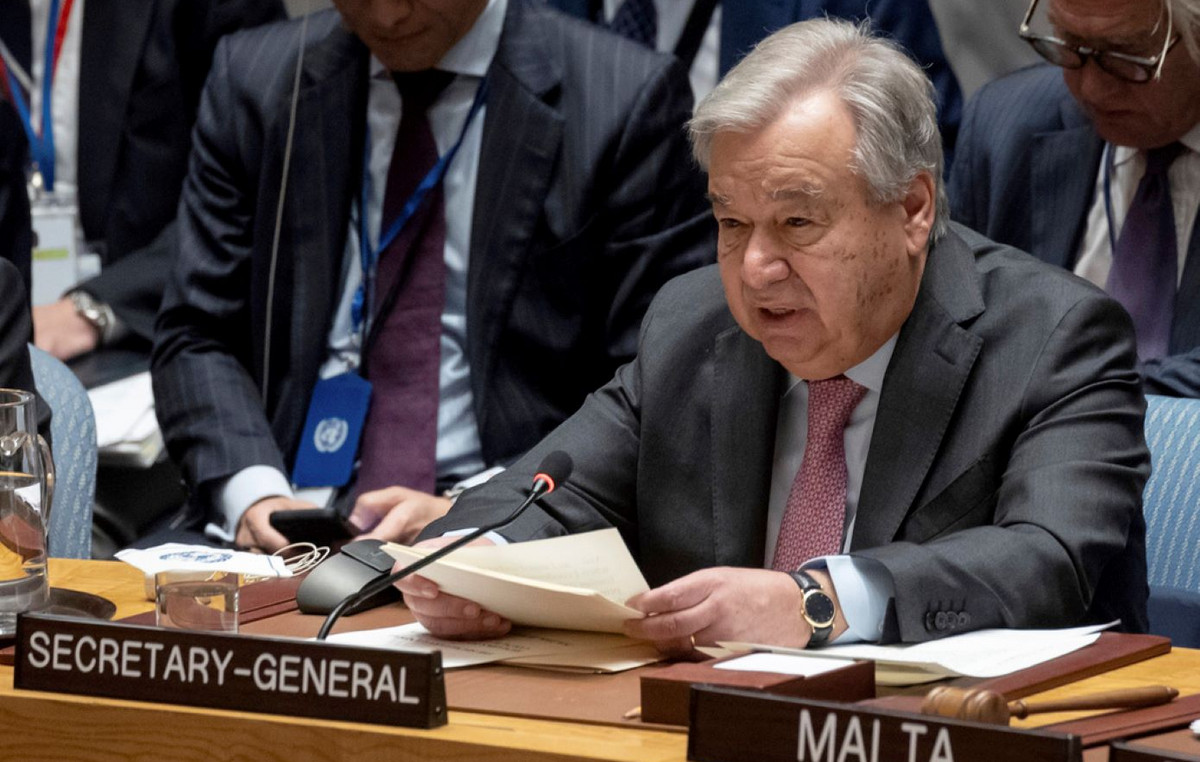Oil prices experienced a kind of recovery this morning. However, the risks are still biased, since President Trump threatens with an additional 50% tariff on Chinese products if he does not lift his retaliation tariff of 34% today. China is unlikely to reversed politics. As such, it is likely that the markets see a greater escalation, which will only exacerbate concerns about growth and fears about oil demand, indicate the raw material analysts of ING, Warren Patterson and Ewa Manthey.
Opec+ can pause or even reverse supply increases
“As we mentioned after the movement of the Opec+ to increase the supply, we expect a strengthening in the Brent-Dubai differential, something that we have seen in recent days. A combination of a stronger supply of the Opec+ and the impacts of the tariffs (with several Asian countries receiving higher reciprocal tariffs of the feared), it should cause the differential to strengthen even more.”
“The broader downward movement we have seen in crude oil since April 2 suggests that the market is valuing greater probabilities of a recession. The magnitude of the mass sale will worry the Opec+, which last week surprised the market with an increase in supply greater than expected for May. If the downward pressure continues, the movement of the Opec+ could be very ephemeral. Even reverse supply increases.
“The deceleration in the perforation activity in the US could offer a soft support for the market. We hope that the current WTI prices will lead to a display in drilling. This will eventually translate into a slower growth in the supply and potentially even in a decrease in oil production in the US that constant drilling is needed to keep American production stable.
Source: Fx Street
I am Joshua Winder, a senior-level journalist and editor at World Stock Market. I specialize in covering news related to the stock market and economic trends. With more than 8 years of experience in this field, I have become an expert in financial reporting.







